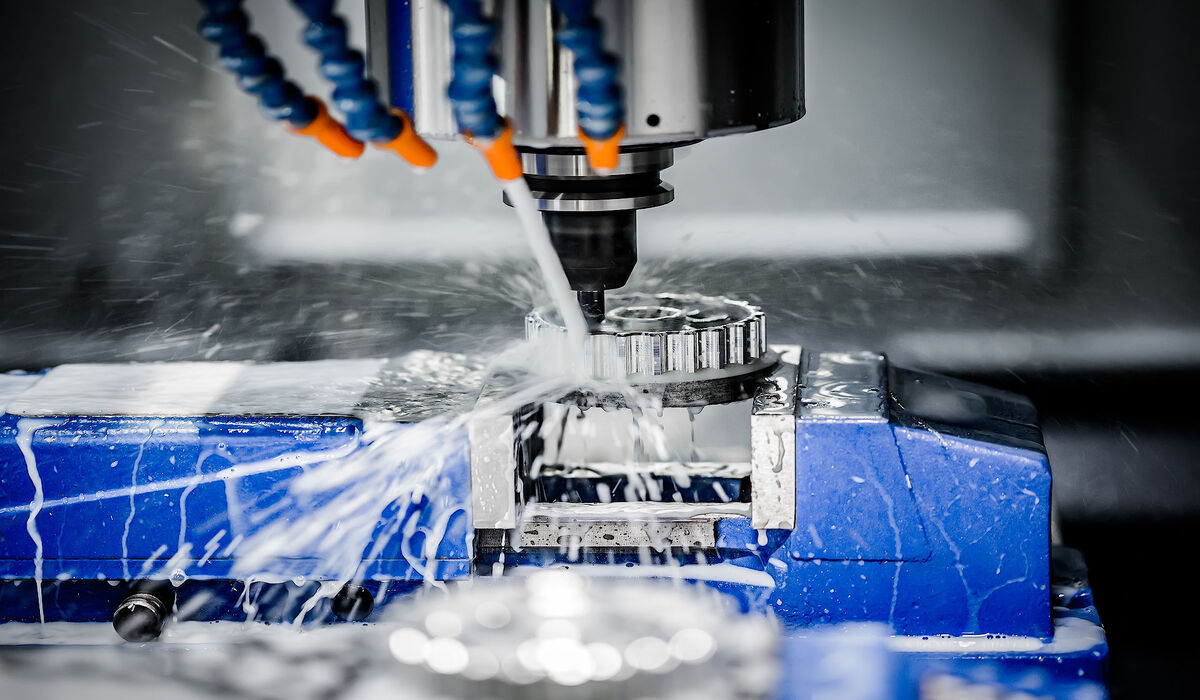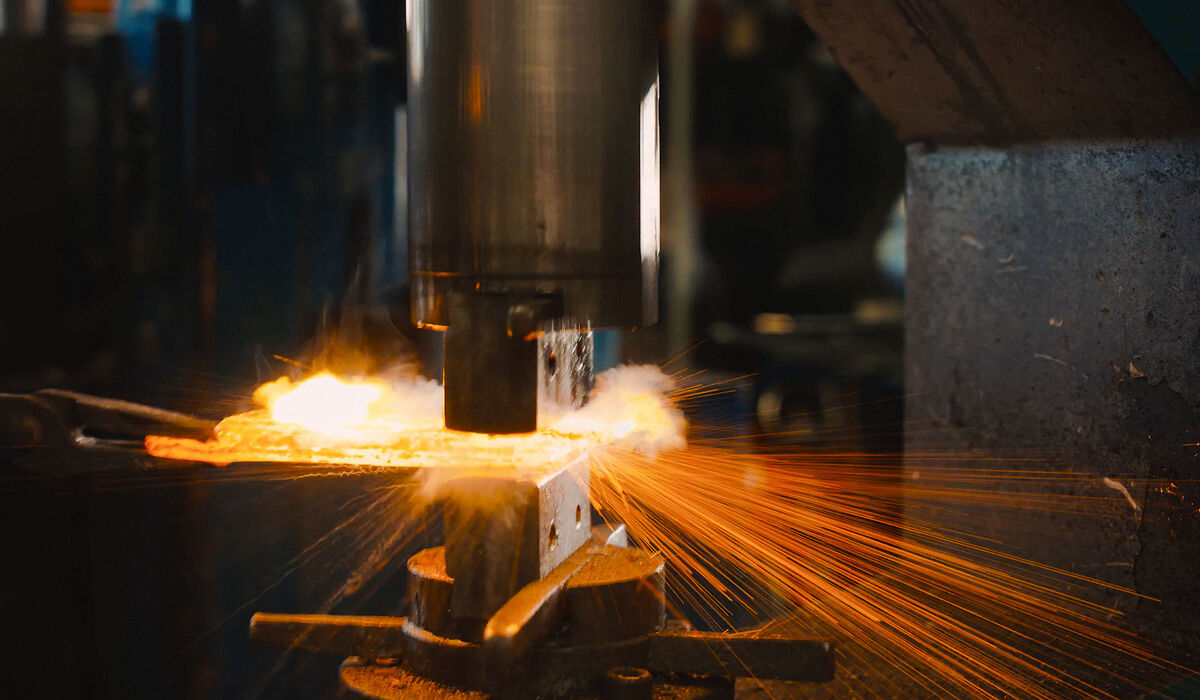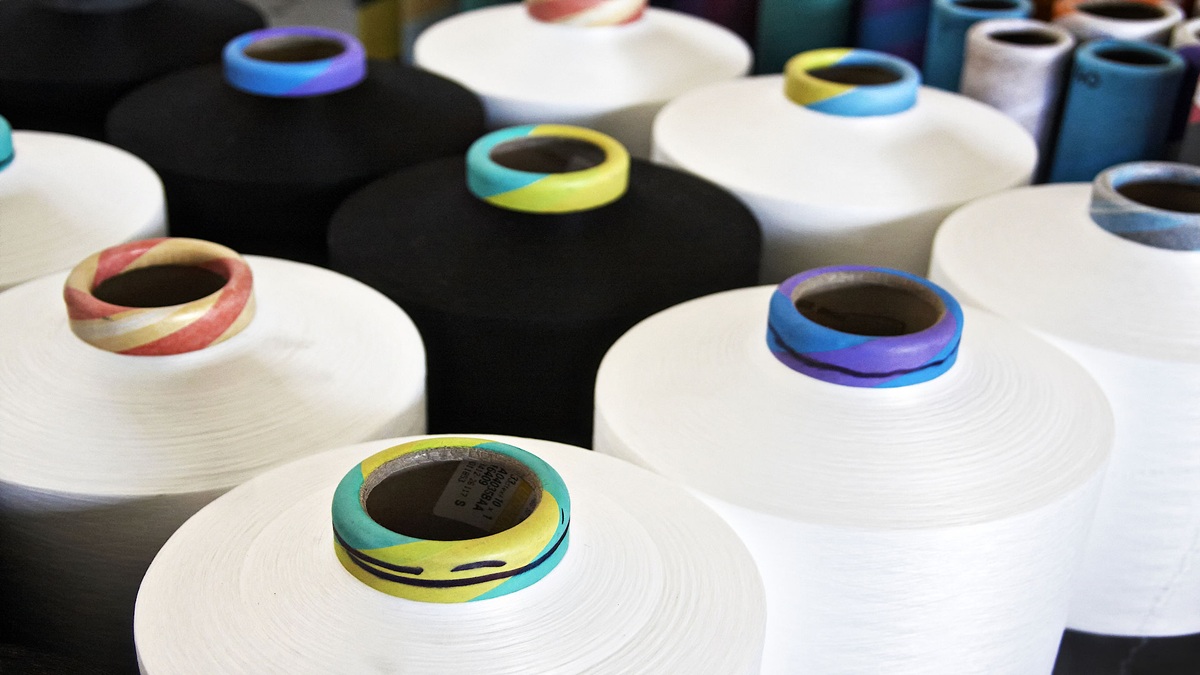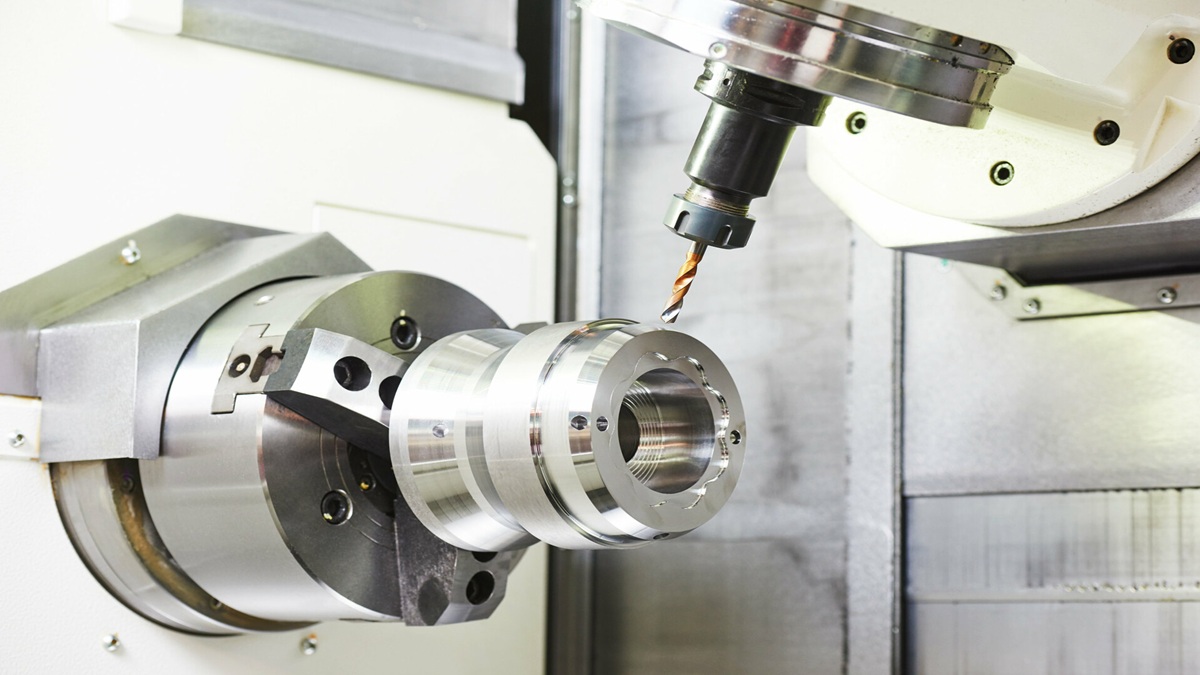Knowledge
In CNC machining, the choice of cooling method is not simply a technical preference but a multi-faceted trade-off involving cost control, machining quality, tool life, and production line stability. Both dry cutting and wet cutting have their advantages and limitations. To stand out in the fiercely competitive market, companies must shift from pursuing the “theoretically optimal” to the “contextually optimal” solution.
2025-08-12 14:21:51
In CNC machining, cutting tool coatings are a critical yet “invisible” factor in boosting production efficiency and reducing costs. Although coating thickness is only a few microns, it significantly enhances tool hardness and wear resistance, optimizes heat dissipation, and improves cutting speed and machining accuracy. From classic Titanium Nitride (TiN) to advanced Diamond-Like Carbon (DLC) coatings, different coating materials not only offer varying hardness and heat resistance but also affect tool lifespan and machining adaptability.
2025-08-12 14:06:07
Plastic products play an indispensable role in modern manufacturing, and various plastic processing techniques are crucial for achieving product diversity and efficient production. The following introduces five common and important plastic processing methods, helping readers gain a thorough understanding of their principles, features, and application scopes.
2025-08-12 13:41:34
Textile fiber is the fundamental element that determines fabric performance and product suitability. Whether you are a designer, manufacturer, or consumer, understanding the unique characteristics of different fibers and their suitable applications is crucial for precise material selection and informed purchasing. This article will systematically introduce the applications of major natural and synthetic fibers and explain how blending them can overcome the limitations of single fibers, providing versatile functional solutions and helping you build a comprehensive knowledge base of textile applications.
2025-08-12 11:55:48
Liquid Injection Molding (LIM) is a manufacturing process that involves injecting liquid silicone rubber (LSR) into precision molds, followed by heating and curing to form high-precision, complex plastic components. Compared to traditional thermoplastic injection molding, LIM offers superior accuracy and the capability to produce more intricate shapes, making it especially suitable for applications demanding high performance and reliability.
2025-08-12 11:18:14
Precision molds form the foundation for the quality and efficiency of plastic part molding. In today’s highly competitive manufacturing environment, the design and fabrication of molds directly impact a product’s functional performance and market competitiveness. Excellent mold development requires not only precise engineering design but also the integration of advanced machining technologies and rigorous quality control to achieve efficient and stable mass production.
2025-08-12 11:03:21
Pouring smooth, rich milk into robust black tea with a unique aroma, then stirring it all together, gets you a cup of milk tea. But do you really know what defines milk tea, and how it differs from the milk tea we enjoy today?
2025-08-11 16:38:06
Lotus leaves after rain shed water droplets without a trace; delicate spider silk is stronger than steel. These are not coincidences but exquisite designs evolved by nature over millions of years. The textile industry is learning from this great designer—nature itself—through biomimicry, transforming natural wisdom into fabrics that perform better and are more eco-friendly.
2025-08-11 14:08:16
CNC (Computer Numerical Control) machine tools are automated devices that control machining processes through computer programming. Known for their high efficiency, precision, and stability, they are widely used across industries such as aerospace, automotive, mold making, electronics, medical, and energy. With the rise of Industry 4.0 and smart manufacturing, CNC technology continues to evolve toward multi-axis machining, intelligent control, remote monitoring, and integrated processes. This widespread adoption not only enhances manufacturing performance but also reshapes the workforce, shifting traditional manual skills toward digital operation and system integration—bringing greater production flexibility and competitiveness to businesses.
2025-08-08 16:05:07
A resistor is a fundamental and indispensable component in electronic circuits. Its physical design is not arbitrary; rather, it is closely linked to its function, power requirements, and manufacturing method. Every detail, from its size and material to its structure, reveals its intended application. Understanding a resistor's form is like reading its "user manual," helping us to apply it more precisely.
2025-08-08 15:15:51
Hot Topic
Agree










